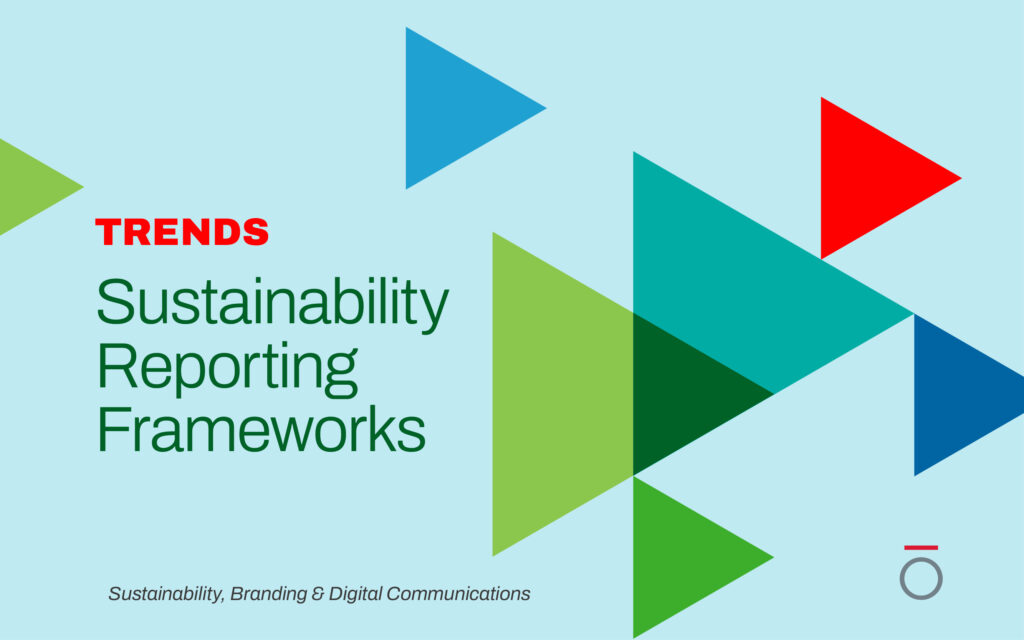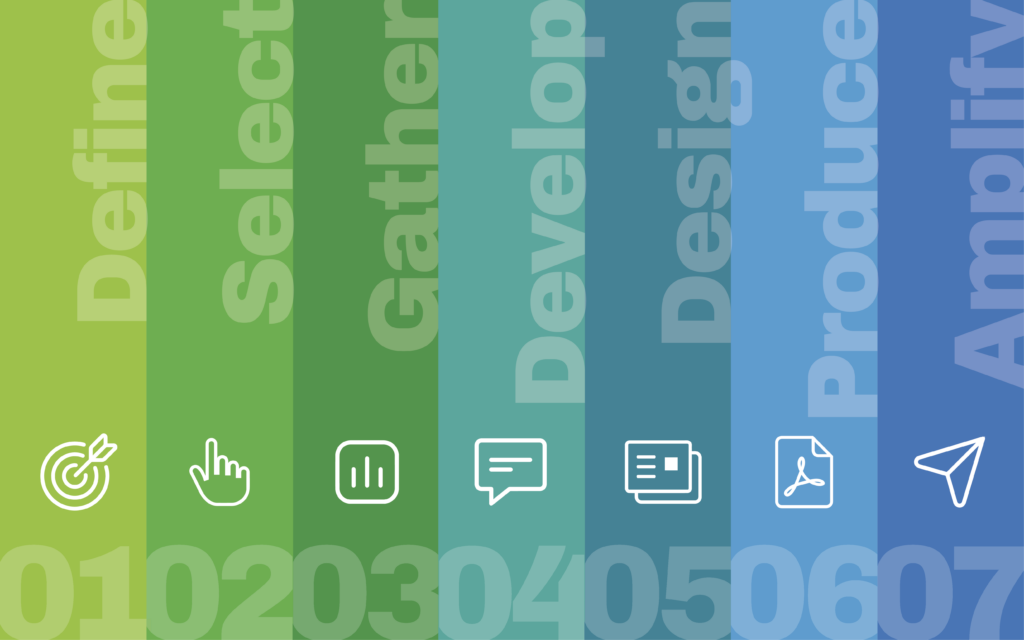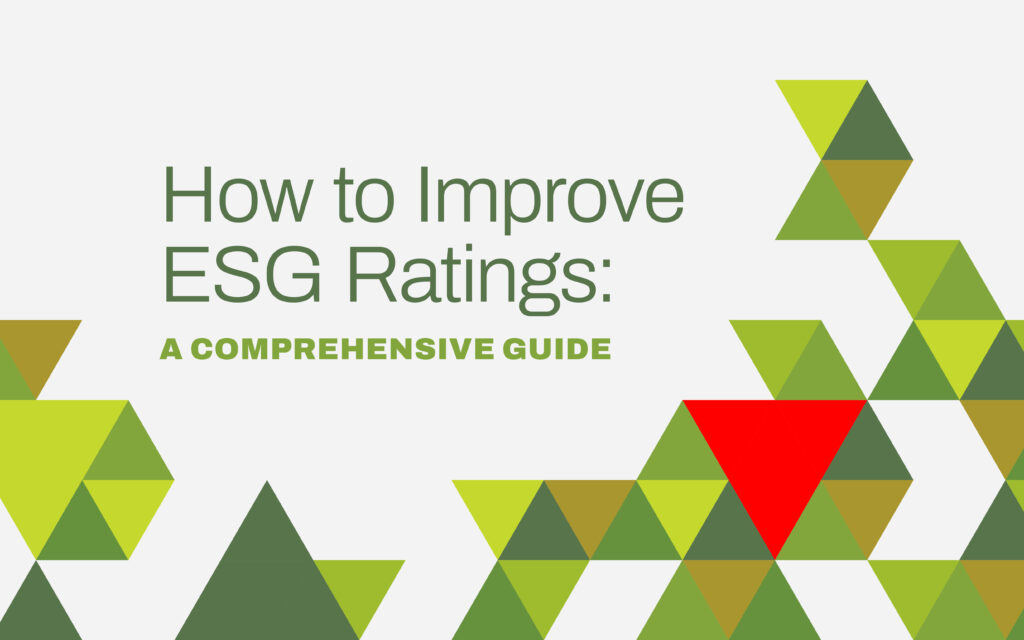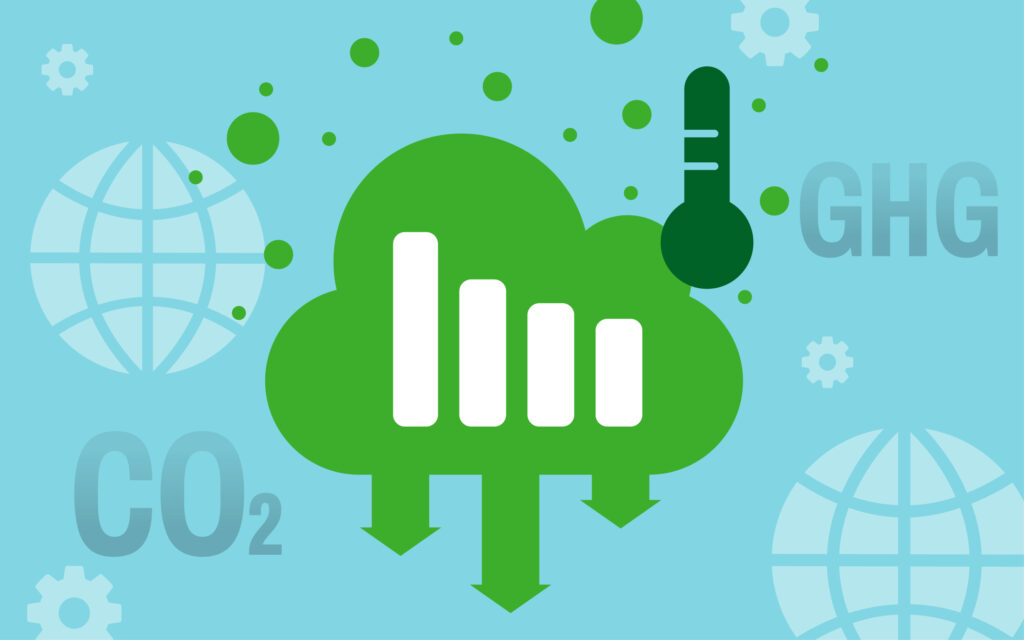
Sustainability reporting frameworks have become an essential tool for businesses looking to disclose their environmental, social, and governance (ESG) impacts effectively. However, the world of sustainability reporting frameworks is evolving rapidly, largely driven by stakeholder pressure, regulatory changes, and the growing recognition of climate and sustainability risks and opportunities.
Reporting frameworks and standards are growing in importance, and the emergence of global standards is impacting reporting practices around the world.
Let’s delve into the trends shaping sustainability reporting frameworks.
The Evolution of Sustainability Reporting Frameworks
The Global Reporting Initiative (GRI) published the world’s first sustainability reporting framework in 2000, but in the past two decades, reporting has moved from a “nice-to-have” for companies to a “must-have.” Since 2000, several other standards organizations have emerged, providing companies with several options for voluntary reporting frameworks.
Reporting frameworks are intended to provide businesses with a standardized approach to reporting, making it easier to communicate their sustainability performance, risks and opportunities to stakeholders and providing consumers and investors with a basis for comparing companies’ ESG performance.
The sustainability reporting landscape is moving quickly, as standard-setting bodies converge and jurisdictions make reporting mandatory. It is crucial to stay nimble and quickly adapt to new innovations and regulations in sustainability reporting.
Framework Convergence and Global Standards
Need for Convergence
While reporting to specific ESG frameworks can be a useful tool for investor communications and regulatory compliance, the proliferation of standards and frameworks has led to some confusion within organizations and industries.
Corporations, industry groups, and investors have called for a convergence of reporting frameworks and standards to enhance comparability and reduce companies’ reporting burdens. In response, leading standard-setters have been working toward alignment and harmonization.
There are two main stakeholder groups driving the global call for convergence of the many ESG frameworks: investors and corporate sustainability leaders. ESG is a key consideration for investors, due to the financial materiality of ESG factors. Investors are often fueled by a growing body of research demonstrating a positive correlation between ESG performance and financial returns.
Corporate sustainability leaders have also led the call for a convergence of standards, as the proliferation of frameworks has caused an increase in time and resources needed in order to meet the diverse requirements of multiple standard setting organizations.
As many jurisdictions are now moving towards mandatory ESG reporting for companies of a specific size, corporations and investors are also calling for interoperability between future global standards and jurisdictional regulatory requirements. Read more about ESG regulations here.
Key Players in Sustainability Reporting Standards
GRI and SASB
GRI is currently the most widely used sustainability reporting standard worldwide. It provides a comprehensive framework for reporting on economic, environmental and social impacts. The GRI Standards are designed to be applicable to organizations of all sizes and sectors, enabling them to report on their sustainability performance in a consistent and comparable manner to a wide range of stakeholders.
The Sustainability Accounting Standards Board (SASB) provides industry-specific standards on financially-material sustainability issues. Unlike GRI which appeals to a broader stakeholder base, SASB provides information targeted at investors.
ISSB
While global standards such as GRI and SASB have gained widespread adoption over the past decade, the International Sustainability Standards Board (ISSB) was launched in 2021 as a response to calls for the convergence of frameworks. ISSB and the European Sustainability Reporting Standards (ESRS) have published an interoperability guide to allow companies to more easily align to ISSB while complying with new European regulations.
ISSB standards were built from the recommendations and support of SASB and the Task Force on Climate-Related Financial Disclosures (TCFD). TCFD announced that, with the launch of ISSB, its work has culminated, and ISSB has taken over monitoring corporate progress on climate-related disclosures.
The SASB Foundation was also consolidated into ISSB. ISSB has continued to collaborate with GRI to ensure compatibility between the standards. ISSB is designed to support investor decisions, while GRI’s information serves a broader range of stakeholders.
Other Disclosure Systems
While ISSB, GRI, and SASB are important tools for building transparency and accountability, companies can also utilize other disclosure systems to communicate their sustainability progress.
The Carbon Disclosure Project (CDP) is aligned with many other reporting frameworks and through its questionnaire and scoring system, provides the public with a transparent assessment of a company’s environmental performance
The United Nations Sustainable Development Goals (SDGs) provide a global blueprint for ending poverty, protecting the planet, and fostering peace and prosperity worldwide. Consisting of 17 goals and 169 specific targets, the SDGs invite companies to align their business strategies to support these global objectives.
Reporting on SDG progress helps corporations better allocate resources to global priorities, thereby contributing meaningfully to global efforts while achieving their own sustainability goals.
Regulatory Changes Driving Reporting Practices
Regulatory changes are playing a significant role in shaping sustainability reporting practices. Governments and regulatory bodies worldwide are increasingly recognizing the importance of sustainability issues and are implementing policies and regulations to promote transparency and accountability. This trend is driving the adoption of sustainability reporting frameworks and influencing their evolution.
EU’s CSRD Impact and SEC’s Climate Rule
For instance, the European Union’s Corporate Sustainability Reporting Directive (CSRD), passed in 2022, requires companies to disclose certain information on the way they operate and manage social and environmental challenges.
Similarly, in the United States, the Securities and Exchange Commission (SEC) has passed rules that would require companies to disclose climate-related risks and impacts. While the SEC ruling is temporarily on hold, it is expected to be implemented in the future. These regulatory changes are pushing companies to improve their sustainability reporting practices and adopt recognized reporting frameworks.
RELATED ARTICLE:
Global ESG Regulations: What They Mean for Your Organization
Integration of ESG Metrics into Financial Reporting
Both CSRD and the new SEC climate rule integrate ESG metrics into traditional financial reporting. This shift reflects the growing recognition of the financial materiality of ESG issues, and companies must be able to provide financial-grade sustainability data in their reports in order to comply with regulations.
Integrating climate, ESG, and financial reports provides a more comprehensive view of a company’s performance and risk profile and pushes companies to demonstrate their ability to manage ESG risks effectively.
Technological Advancements in Reporting
Enhancing Data Collection and Analysis
Technology is playing an increasingly important role in sustainability reporting. Advanced data collection and analysis tools are enabling companies to track and report on a wider range of sustainability metrics. This not only enhances the accuracy and reliability of sustainability reports, but also allows for more timely and dynamic reporting.
The Future of Sustainability Reporting Frameworks
The sustainability reporting landscape is moving quickly, as standard setting bodies are converging and jurisdictions are making reporting mandatory. Staying nimble and being able to quickly adapt to new innovations and regulations in sustainability reporting is crucial. By carefully selecting the best framework to communicate sustainability performance, companies can enhance their transparency, and stakeholder engagement, and contribute to the achievement of corporate and global sustainability goals.
Key Takeaways on Sustainability Framework Trends
- Sustainability reporting frameworks have become essential for businesses to disclose their environmental, social, and governance (ESG) impacts effectively.
- The evolution of sustainability reporting frameworks has shifted from a “nice-to-have” to a “must-have” for companies over the past two decades.
- Framework convergence and the emergence of global standards are aimed at enhancing comparability and reducing the reporting burden on companies.
- Key players in sustainability reporting standards include GRI, SASB, ISSB, and other disclosure systems like CDP and the UN SDGs.
- Regulatory changes, such as the EU’s CSRD and the SEC’s Climate Rule, are driving reporting practices by integrating ESG metrics into traditional financial reporting.
- Adapting to new innovations and regulations in sustainability reporting is crucial for companies to enhance transparency, stakeholder engagement, and contribute to global sustainability goals.
How OBATA Can Help
Sustainability reporting is dynamic and shaped by trends, regulations, stakeholder expectations, technology, and global challenges. You need a reporting partner who keeps up with these changes.
OBATA has a seasoned team that has helped more than 25 companies communicate their sustainability strategy, goals and progress over the past three years.
No matter where you are in your ESG journey, we provide strategic guidance and reporting solutions to help businesses effectively communicate their sustainability efforts to stakeholders.
Contact our sustainability team today if you need guidance.


